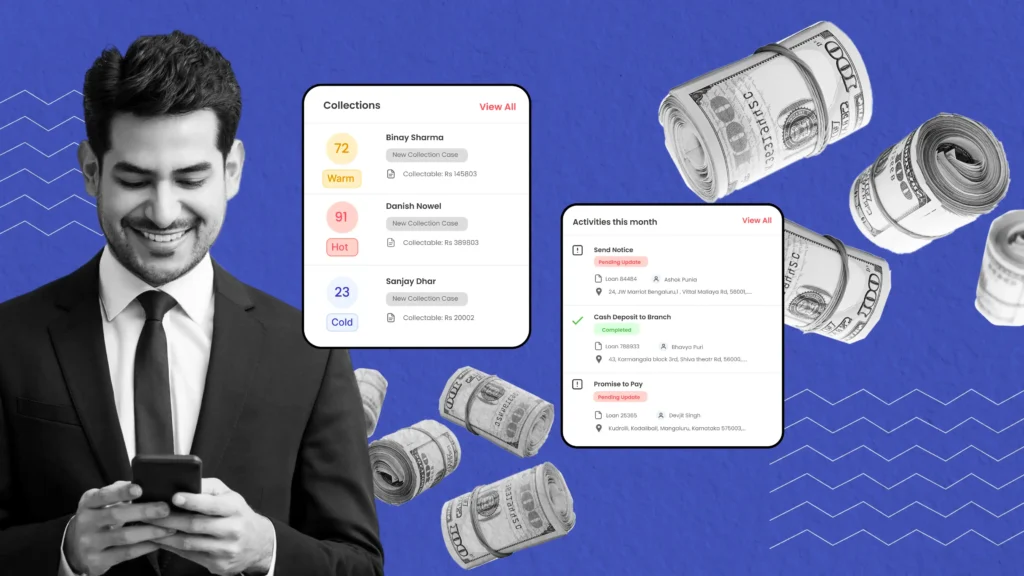Insurance policies are filled with legal language and technical terms that can be difficult for the average policyholder to fully grasp. One of the most challenging sections of any insurance policy is the list of exclusions. These exclusions outline what is not covered under a claim, and they often become a major source of disputes between policyholders and insurance companies. When disaster strikes and a homeowner or business owner submits a claim, the outcome often hinges on how exclusions are interpreted.
Public adjusters play an important role in this process because they help policyholders understand what their policy actually means and advocate for the fairest settlement possible. Local Colorado claims adjusters, in particular, bring valuable insight into regional insurance practices and ensure that residents receive guidance tailored to their needs. We will explore how public adjusters navigate the complexity of exclusions, clarify vague wording, and protect policyholders from losing out on coverage they are rightfully entitled to receive.
Strategies Public Adjusters Use to Handle Exclusions
- Interpreting Complex Policy Language
Insurance policies are notorious for using highly technical and often ambiguous language. Exclusions, in particular, are written in ways that can make them open to interpretation. A clause might deny coverage for water damage, but whether that applies to a burst pipe, heavy rain, or flooding from natural disasters can depend on how the exclusion is worded. Public adjusters step in to break down these clauses into plain language, carefully analyzing each word to see if the exclusion applies to the situation at hand.
By cross-referencing the exclusion with other parts of the policy, they can determine whether the insurance company’s denial of coverage is legitimate or an overly broad interpretation. This deep dive into language prevents policyholders from simply accepting a rejection and allows them to understand their rights. It also enables public adjusters to build strong arguments against improper claim denials.
- Comparing Exclusions with Covered Perils
Exclusions do not exist in isolation—they are balanced against the list of covered perils. A public adjuster’s responsibility is to compare the two and find any conflicts or gray areas that could benefit the policyholder. For example, a policy may exclude damage caused by poor maintenance but cover sudden structural failures. If a roof collapses, the insurance company may claim it was due to poor upkeep, while the public adjuster could argue that it was a sudden, unexpected failure that falls under coverage.
This comparison requires careful attention to detail and an understanding of how exclusions interact with coverage provisions. By highlighting these conflicts, public adjusters can negotiate with insurance companies to ensure the claim is not wrongfully dismissed. Their ability to interpret both sides of the policy helps uncover opportunities for coverage where an insurance company might only point to the exclusion.
- Challenging Vague or Overly Broad Exclusions
One of the most common issues policyholders face is vague exclusions that can be interpreted in multiple ways. Terms like “gradual damage,” “wear and tear,” or “faulty workmanship” leave a lot of room for insurers to deny claims broadly. Public adjusters step in to challenge these interpretations by demanding clarity and accountability. They often gather evidence, bring in technical reports, and use case law to support their arguments. By doing so, they can narrow down the scope of exclusions so that insurers cannot apply them unfairly.
In many cases, a vague exclusion can be contested successfully if the public adjuster proves that the damage is not clearly covered under the wording of the exclusion. This strategy protects policyholders from being unfairly denied coverage because of ambiguous phrasing. Without such advocacy, many would walk away assuming exclusions automatically apply without question.
- Using Documentation and Evidence to Support Coverage
Exclusions are often applied by insurers when there is doubt or a lack of evidence regarding the cause of damage. Public adjusters counter this by gathering extensive documentation that connects the damage to a covered event rather than an excluded one. For instance, water damage may be excluded if it results from long-term leaks, but it could be covered if it stems from a sudden pipe burst. A public adjuster would collect photographs, maintenance records, and expert evaluations to establish the true cause.
This documentation weakens the insurer’s attempt to apply an exclusion and strengthens the policyholder’s claim. By presenting a well-documented argument, public adjusters can shift the conversation away from broad exclusions and toward verifiable facts. This methodical approach often results in insurers reconsidering their initial denial, giving policyholders the settlement they need to recover.
- Negotiating with Insurers on Gray Areas
Insurance exclusions often create gray areas where coverage is not straightforward. In these cases, public adjusters rely on negotiation skills to reach a fair outcome. They present evidence, highlight contradictions within the policy, and argue for interpretations that favor the policyholder. Insurance companies may initially stand firm on exclusions, but public adjusters persist by pointing out inconsistencies or leveraging precedents from similar cases. They understand that exclusions are not always absolute and that interpretation plays a critical role in resolving disputes.
Exclusions are often the most frustrating part of an insurance policy because they limit what a policyholder can claim, and they are frequently used by insurers to deny coverage. However, public adjusters provide an essential service by navigating these complex and often ambiguous clauses. Their role does not end with just one claim—they also educate policyholders to avoid surprises in the future. Through detailed analysis and persistent negotiation, public adjusters give policyholders a fair chance at receiving the compensation they deserve. By understanding how exclusions work and how they are handled, policyholders can approach the insurance process with greater confidence and less fear of being unfairly denied coverage.





